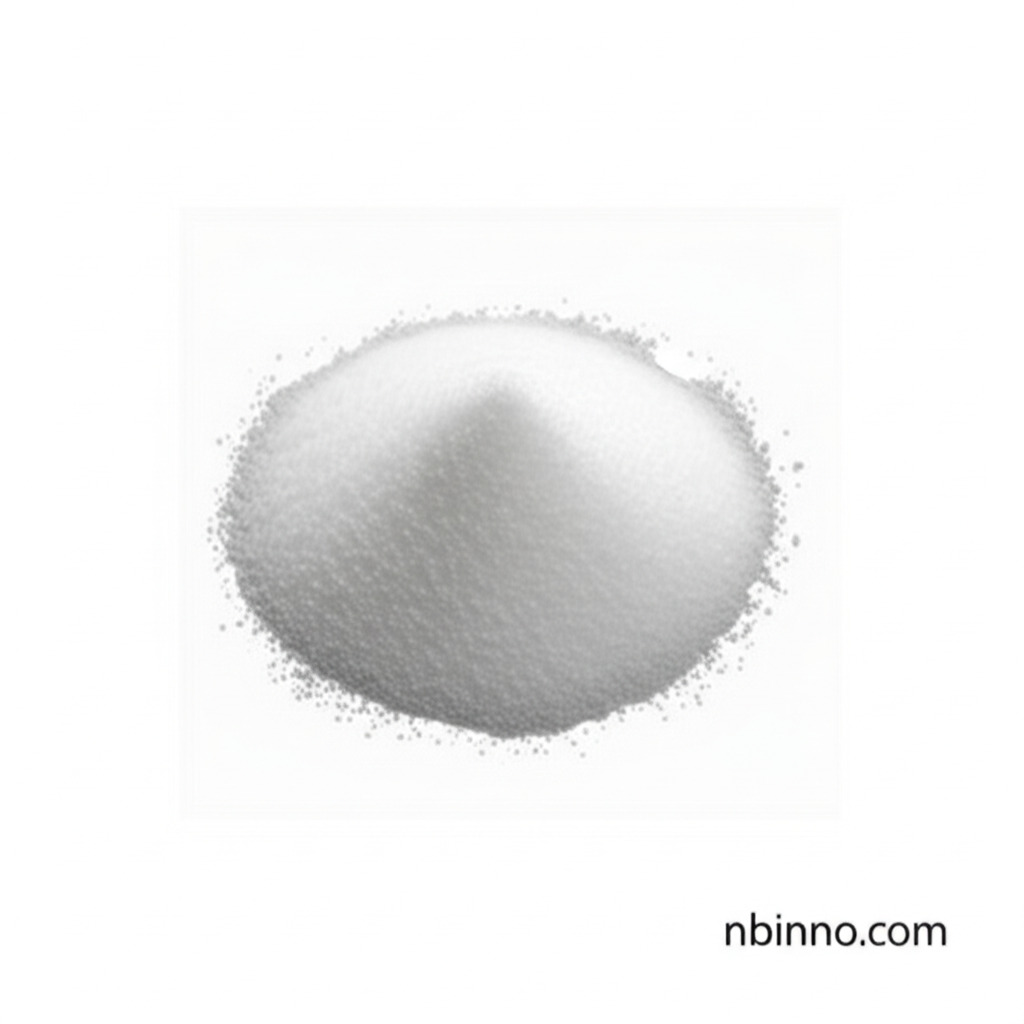7-Hydroxy-1-tetralone: A Versatile Intermediate in Pharmaceutical and Chemical Synthesis
Explore the multifaceted applications of 7-Hydroxy-1-tetralone, a crucial building block in modern chemistry.
Get a Quote & SampleProduct Core Value

7-Hydroxy-1-tetralone
7-Hydroxy-1-tetralone (CAS: 22009-38-7) is a critical organic compound extensively utilized as a pharmaceutical intermediate and a versatile building block in chemical synthesis. Its unique chemical structure, featuring both a hydroxyl group and a ketone moiety on a fused ring system, imparts valuable reactivity that enables its incorporation into a wide array of complex molecules.
- Key Intermediate in Pharmaceutical Synthesis: This compound is a vital precursor for synthesizing well-known drugs such as sertraline (an SSRI antidepressant) and the opioid analgesic (-)-dezocine, highlighting its importance in the pharmaceutical industry.
- Monoamine Oxidase (MAO) Inhibitor: Derivatives of 7-Hydroxy-1-tetralone have demonstrated significant inhibitory activity against MAO enzymes, which are crucial for neurotransmitter metabolism. This property makes them valuable in the research and development of treatments for neurological disorders like depression and Parkinson's disease.
- Potential Anticancer and Antimicrobial Applications: Research indicates that this compound and its derivatives possess potential anticancer and antimicrobial properties. They have shown efficacy in inhibiting cancer cell proliferation and combating various fungal and bacterial pathogens, suggesting new therapeutic avenues.
- Versatile Chemical Scaffold: The reactive hydroxyl and ketone groups of 7-Hydroxy-1-tetralone allow for diverse chemical modifications. This versatility makes it an excellent starting material for creating a wide range of derivatives with tailored biological activities and improved pharmacokinetic profiles.
Key Advantages
Facilitates Drug Synthesis
As a crucial pharmaceutical intermediate, it significantly streamlines the synthesis of complex drugs, making drug development more efficient.
Therapeutic Potential
Its role as an MAO inhibitor and potential in anticancer research opens doors for developing novel treatments for neurological disorders and various cancers.
Chemical Versatility
The compound's structure allows for extensive chemical modification, enabling the exploration of new molecules with tailored biological activities for diverse applications.
Key Applications
Pharmaceutical Manufacturing
Utilized as a critical building block in the synthesis of active pharmaceutical ingredients (APIs), contributing to the production of essential medicines.
Neuroscience Research
Investigated for its MAO inhibitory properties, aiding in the study and development of treatments for neurological conditions like depression and Parkinson's disease.
Oncology Studies
Explored for its potential anticancer effects and synergistic activity with other agents, contributing to the search for new cancer therapies.
Agrochemical Development
Analogues are studied for plant growth regulation and stress response, indicating potential uses in the agricultural sector.
